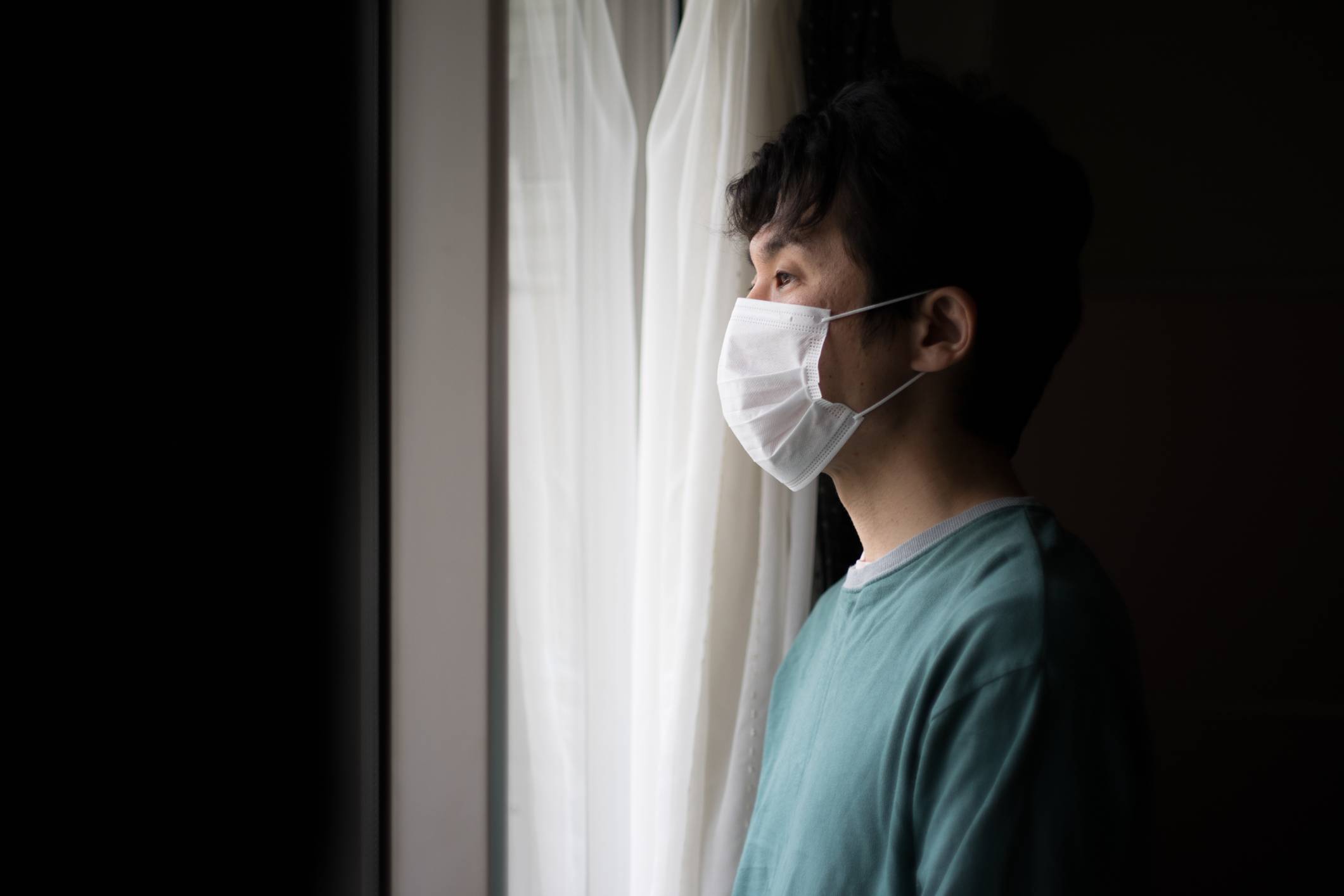Solitude — how bleak. Solitude — how beautiful. Point of view is all.
The modern view is mostly — not totally — bleak. Two images dominate: hikikomori (acute social withdrawal) and kodokushi (dying alone). They merge. Hikikomori claimed mass attention a generation ago. It was a young people’s issue. Time passes; age takes its toll. “8050” tells the story: children in their 50s helplessly dependent on parents in their 80s. It’s not sustainable. The parents die. What becomes of the children? They face the bleakest of prospects — solitary drift to solitary death.
The Cabinet Office in 2019 estimated the nationwide hikikomori population at 1.15 million — more than half, 613,000, aged 40-64. Some have been withdrawn for 30 years, typically self-isolated in their childhood bedrooms, sometimes never seeing even their parents. The bubble economy of the 1980s burst in the ’90s. Companies froze hiring. It was a dreadful time to emerge into the adult world. Many young people never did emerge.

















With your current subscription plan you can comment on stories. However, before writing your first comment, please create a display name in the Profile section of your subscriber account page.